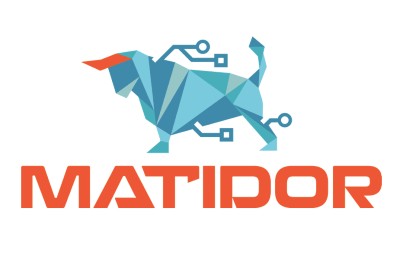
Evolving industry standards bringing HSE aboard
Working on a project for a field services company can involve operational risks at the project site. Businesses aim to provide a safe environment for all employees. They are making sure the procedures at all stages of the project align with sustainability metrics. That is why they tend to actively improve their Health, Safety & Environmental (or HSE) regulations and commitments.
But how has HSE been introduced to the energy field, and what is the background behind this concept?
There have always been procedures to evaluate and manage safety among the oil and gas sector employees. However, to reduce work-related incidents at sites, personal and psychological factors had to be studied for safety improvement and environmental effects of the industry onto the soil, air & water in the area.
New benchmarks were introduced in the late 2000s as the business world realized climate change’s consequences are causing serious concerns for every stakeholder and society.
Why is HSE becoming crucial for the energy industry?
Protecting the natural resources on the field, arranging responsible and safe extraction of those, and taking care of human resources are becoming some of the most important trends within the industry nowadays. Not only do these practices shape corporate legal compliance within the energy sector, but they also create a framework of obligations to the workforce.
To have HSE policies practised and executed, multiple documents are created by managers, reports are provided for all of the stakeholders, and new regulations are being implemented in the field. However, while every employee should be relying on those documents, the lack of proper technology to organize, access and disperse the information, especially in this collaborative era, becomes a common obstacle to company-wide HSE adoption. Better management tools are required to make sure stakeholders and employees at many levels are aware of the concept and are practising it for the benefit of every person involved in a project.
In general, the HSE management system is considered a social system (based on the staff operating it). Thus, its success would depend on the following:
- the HSE policy scope,
- level of employees’ awareness about an existing HSE policy,
- whether the workforce is well disposed to the current HSE policy.
How better project management and data visualization can support HSE
To make sure every team member is aware of the regulations and policies, such as HSE, a better data management tool is needed for the industry. A solution that could replace multiple digital tools and save dozens of hours per year while working with the same team. It could visualize project management steps like having an efficiently organized process on a user-friendly interface, providing accessibility to every document and HSE-themed team discussions, or marking recent accidents on the map for the remediation team.
However, the question then would remain in place – how a project management tool could actually facilitate the adoption of HSE-centered corporate culture and improve processes specifically?
The primary purpose of establishing a good relationship between the workforce and HSE in the energy sector is to drive productivity and minimize risks. While working on individual employees’ health and safety, many regulatory documents and policies are shared between various departments within a project management platform. Standardized procedures can be described and saved for reference, team members tagged, and specific reports created.
The environmental impact & outcomes of every energy project cannot be ignored, on the other hand. The simple capability of operational risk management and environmental sustainability programmes on an employee level allows to incrementally increase the awareness levels of legal liabilities and present the CSR side of the business. That, in return, motivates employees (especially young professionals, passionate graduates recently joining a company) and establishes dedication and commitment.
Effective running of an HSE will provide ongoing environmental benefits, cost savings and contribute to building an attractive workplace culture. – Atukwase Alex Makambura
A team collaboration tool that facilitates HSE policies implementation
Before developing a working HSE policy, every company within the oil and gas industry has to answer the following question: how geographically diverse are your corporate operations and how often there comes a hazard to internal or external stakeholders?
While multiple project locations can influence the HSE concept’s background, the history of widespread hazardous situations could hint at the missing pieces of an existing operations report system that would require adjustment due to cultural peculiarities.
To make sure any changes to the corporate procedures and policies are seen and used, the adoption of a project collaboration tool, which connects all stakeholders, can be of utmost importance.
Such a tool as Matidor has all stakeholders communicating within one platform, providing updates on any project details in real-time.
Contractors can drill down to a specific project location with user-friendly GIS tools and key data such as policy documents, budgets, tasks, and other files, making it easy for non-technical users to update and share information.
Intuitive reporting provides teams with peace of mind, with regular deadline reminders and notifications of critical events. Also, the ability to share project data and standardize workflows for vendors using Matidor as a one-stop solution facilitates better decision-making. It ensures that all projects result in better and more efficient operations, cleaner resource extraction, and better HSE processes across all departments.
Before you start investing your time into researching multiple project management tools that could risk driving a wedge between each department, look at Matidor, save your time by booking a demo call with the team today and look at a single solution that can satisfy the needs of all stakeholder groups, interested in HSE practices that are actually working.
Share This:




 CDN NEWS |
CDN NEWS |  US NEWS
US NEWS 




























COMMENTARY: Where the Fight Against Energy Subsidies Stands – Alex Epstein